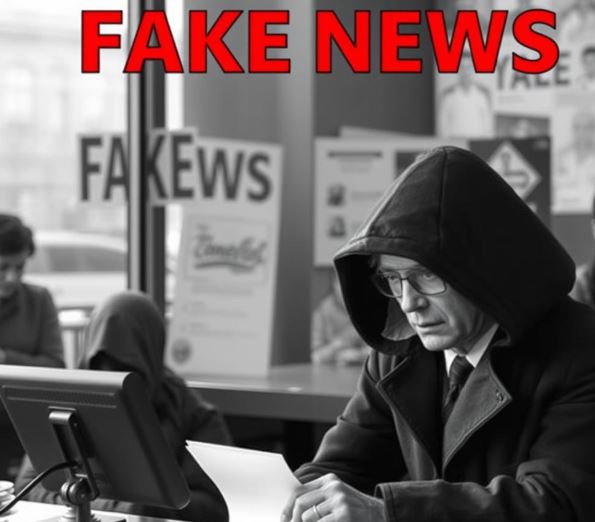Introduction
The concept of fake news, misreporting, bias reporting, etc has been around as long as people have been able to write and spread news. However, with the invention of the internet (and now social media) this issue has become increasingly worrying.
Fake news has been accused of changing how people vote, ruining people’s livelihoods and many other nasty things. A very recent example is the 2024 UK Southport stabbings where fake news and rumours spread over the internet which triggered a series of riots.
Therefore, it is now an essential skill for individuals and organisations to identify and manage fake news. This requires a combination of critical thinking, verification techniques, and responsible communication.
So how do you identify fake news?
There are various in which this can be done:
- Does the author have a natural bias – Check who wrote the article and is it contents steered by the author. For example, a Labour supporting website will present an issue completely differently from say a Tory supporting website.
- Check the Source – Verify the credibility of the source. Is it a well-known and reputable news outlet or an obscure website? Also look for contact information, an “About Us” page, and author credentials.
- Examine the URL – Be wary of URLs that mimic legitimate news sites but have slight variations or unusual domain endings.
- Read Beyond the Headline – Headlines can be misleading therefore read the entire article to understand the context and accuracy of the content.
- Check the Date – Make sure the news is current and not an old story being presented as new.
- Look for Evidence – Reliable news should cite credible sources, provide data, or link to supporting documents.
- Cross-Check Information – Compare the story with reports from other reputable sources especially from sources that have a different stance or political point of view. However, if the story is not reported elsewhere, then it might be suspect.
- Check for Bias – Consider the tone and purpose of the article. Is it trying to inform or persuade? Is it overly emotional or sensational?
- Use Fact-Checking Websites – Websites like Snopes, FactCheck.org, and PolitiFact can help verify the authenticity of news stories.
So now how do you stop fake new?
So now you can stop fake news, then now how do you try and stop it:
- Educate Yourself and Others – Share tips on identifying fake news with your network. Awareness is the first step in combating misinformation.
- Correct Misinformation – Politely correct false information when you see it. Provide evidence and credible sources to support your correction.
- Report Fake News – Use the reporting tools on social media platforms to flag false information.
- Promote Media Literacy – Encourage critical thinking and media literacy among your followers and community. Share resources and tools that can help.
- Responsible with Sharing – Before sharing any news, double-check its authenticity. Avoid spreading information if you’re unsure about its accuracy.
- Browser Extensions and Apps– Use browser extensions like NewsGuard, which rate the credibility of websites. Apps like Hoaxy visualize the spread of claims on social media and identify potential misinformation.
- Reverse Image Search – Use tools like Google Reverse Image Search or TinEye to verify the authenticity of images.
- Fact-Checking Websites – Regularly consult fact-checking websites for the latest debunks and verification of trending news.
Summary
As noted earlier, fake news, misreporting, bias reporting, etc is proving to be a challenging issue for society but there are various ways for individuals and organisations to identify and stop fake news.


Recent Comments